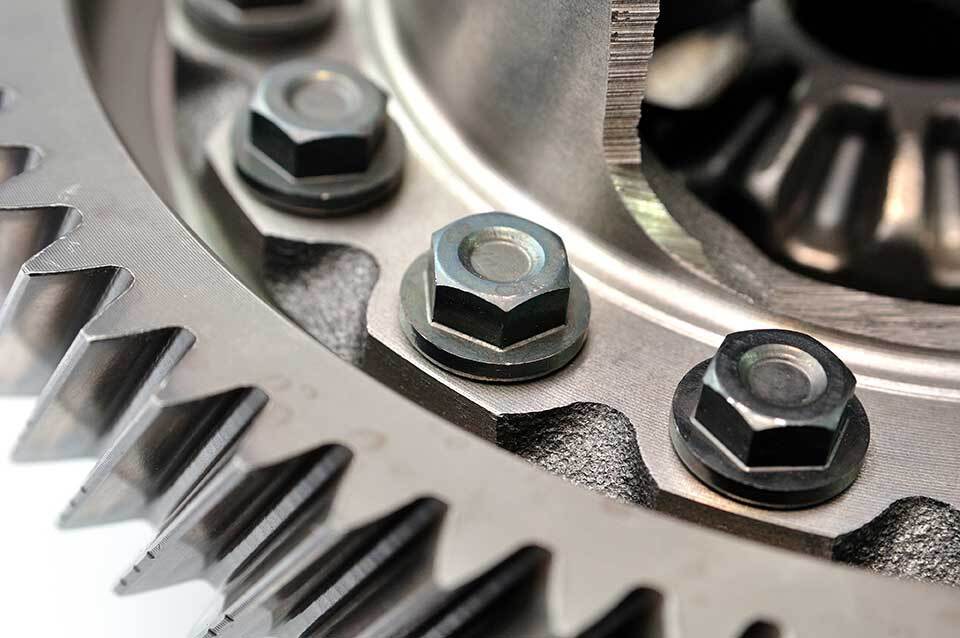12 Point Bolt vs. Hex Head Cap Screw

The tiny differences between what bolt or screw works in certain specialty fastener applications usually comes down to preference. Practicality and efficiency are two of the many factors that go into this type of decision. At MW Components, we see these types of situations on a daily basis.
Take for example the hexagon head cap screw versus the 12-point bolt. On first glance, they're almost completely alike in size and dimension. What are the differences and why would someone use one over the other?
The hex head cap screws feature a thick, hexagonal head with a washer face under the head to provide an ample bearing surface for tightening with a wrench. They're general-purpose threaded fasteners designed for insertion in pre-tapped holes or for use with nuts.
A 12-point bolt design offers the same bearing surface as a hex head cap screw of comparable size. There really is no difference between the two, except the top of the head makes wrenching a little different. The user is able to get it into a counter bore situation when it's hidden in a hole. Also, when there's more wrenching surface there will be more torque to the wrench because of an increased contact area for the 12-point bolt.
Why the 12-point over the hex head cap screw for a specialty fastener use? The user may not want the head showing on a part and need it recessed. It's much better to use a 12-point bolt in this application. The 12-point is also a bit smaller than the flat of the hex; therefore, a smaller socket can be used to get down inside. A lot of times, the 12-point bolts are used for a little higher clamp load.
Typically, a 12-point bolt would be seen in the oil and gas industry because of the recessing head of the bolt. This will not be seen when they're clamping together the end bolts. 12-point bolts are also prevalent in engine applications. Clamp load for engine applications are typically higher than most others, which a 12-point will help deliver.
The increased wrenching surface is a huge positive for a 12-point bolt being used in a specialty fastener situation. A user can get a big grip on the outside because of the external wrenching capability. All those individual surfaces add up to three times as much wrenching area as on a typical socket head screw of the same size. And because the wrenching area is external- far from the center of the screw- the user gets the greatest leverage possible. This all adds up to better, quicker and tighter wrenching.
This example is one of many decisions that plays out when deciding upon a specialty fastener. What bolt or screw works where? What is the advantage of one over another for this certain application? All these questions and more can be answered by the experts at MW Components. Our 10 domestic manufacturers and metal finishers align with one common goal: to be your single-source supplier of specialty fastener needs. Reach out to us today to get your questions answered in a timely fashion and your project off the ground.